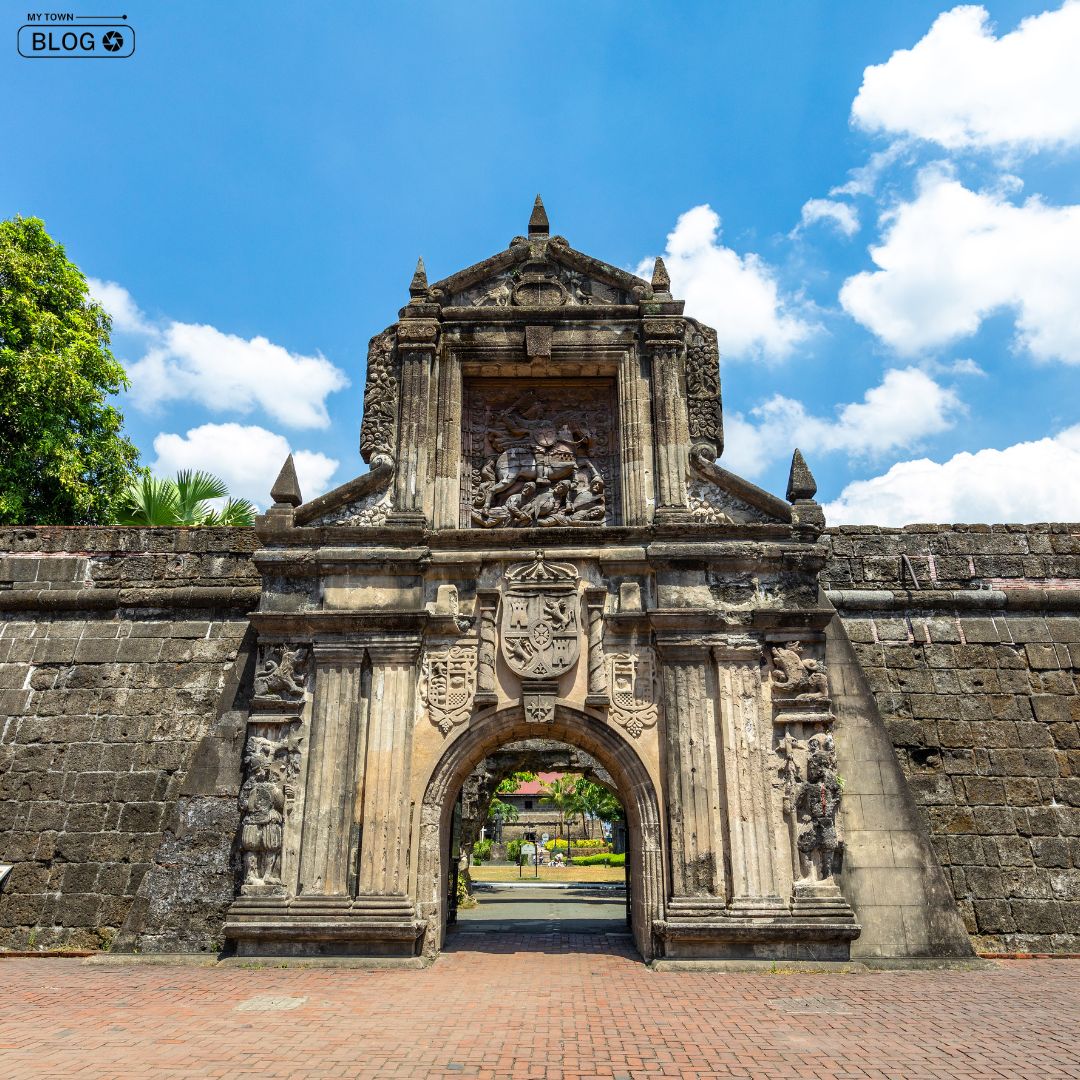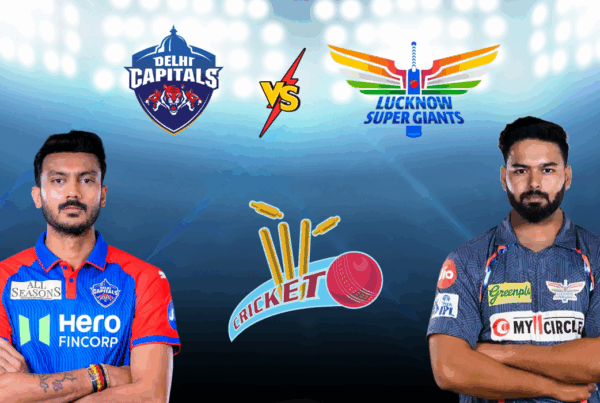Mumbai, formerly known as Bombay, is a city steeped in history and culture. As the financial capital of India, it’s easy to get caught up in its bustling present, but beneath the modern façade lies a treasure trove of historical places waiting to be discovered. In this article, we’ll delve into the top historical places in Mumbai, giving you a glimpse into the city’s past and its rich heritage.
Gateway of India
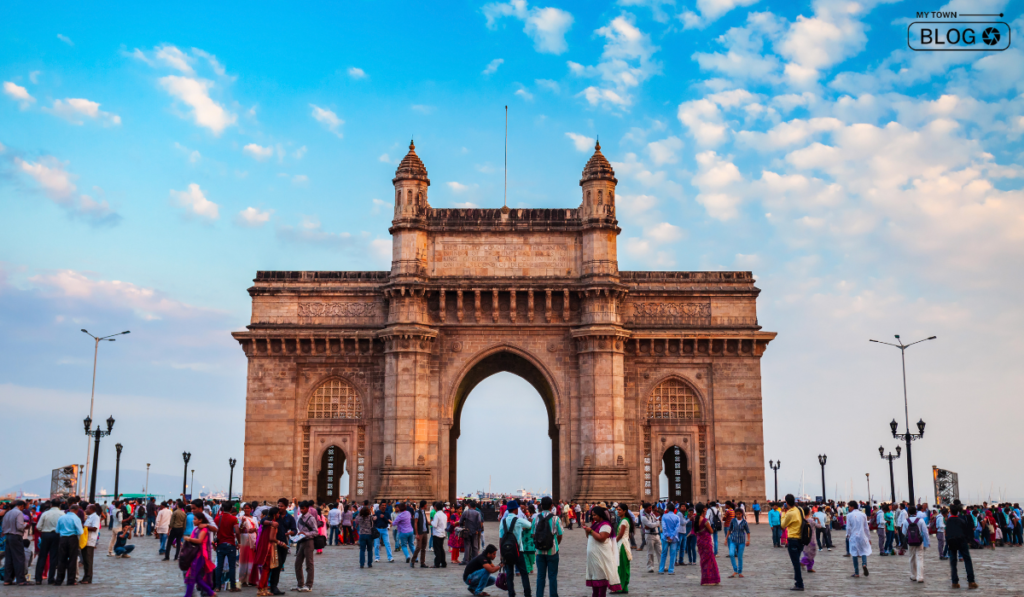
The Gateway of India stands as an enduring symbol of Mumbai’s rich history and grandeur. Built in 1924 to commemorate the visit of King George V and Queen Mary, this architectural masterpiece has witnessed pivotal moments in India’s history. As the last of the British troops departed through its arches after India gained independence in 1947, the Gateway transitioned from a symbol of colonial rule to one of national pride. Today, it serves as a bustling waterfront attraction where tourists and locals gather to take in the majestic view of the Arabian Sea, sail on nearby boats to explore Elephanta Island, and savour street food from vendors that line the promenade.
Location: Apollo Bandar, Colaba, Mumbai, Maharashtra, 400001
Chhatrapati Shivaji Maharaj Terminus
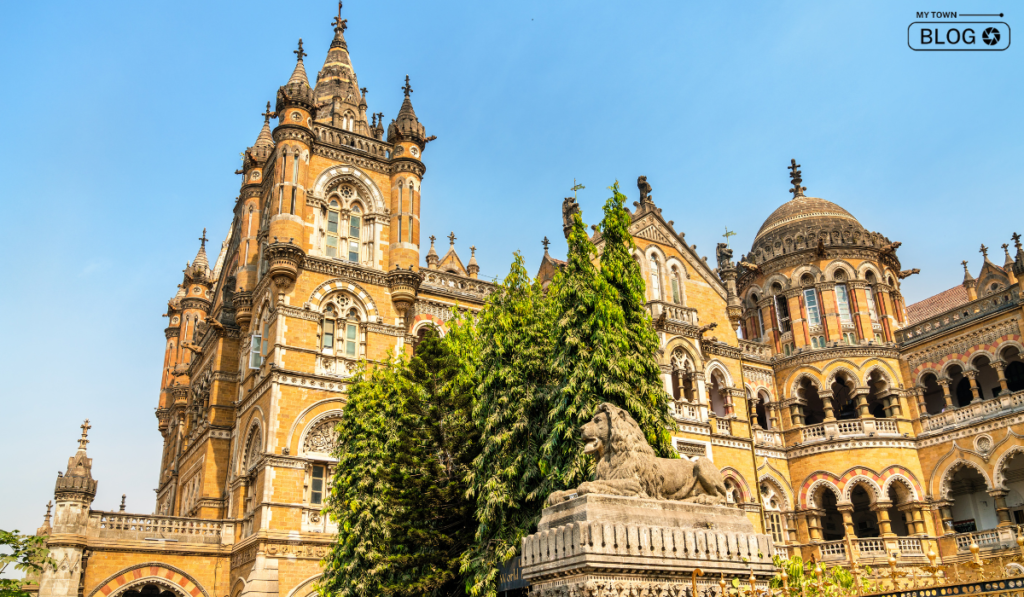
The Chhatrapati Shivaji Maharaj Terminus (formerly Victoria Terminus) is a testament to Mumbai’s colonial heritage. Designed by Frederick William Stevens and completed in 1888, this UNESCO World Heritage Site showcases the city’s architectural prowess. Its imposing Gothic façade, adorned with intricate sculptures and ornate details, transports visitors to a bygone era. Functioning as a busy railway station, it’s also a hub of daily life in Mumbai, with thousands of commuters passing through its historic halls daily. Whether you’re an architecture enthusiast or a history buff, a visit to this station is like stepping back in time.
Location: Chhatrapati Shivaji Terminus Area, Fort, Mumbai, Maharashtra, 400001
Taj Mahal Palace

The Taj Mahal Palace is more than just a luxury hotel; it’s an embodiment of Mumbai’s opulence and resilience. Constructed in 1903, it has stood as a beacon of hospitality through good times and bad, including the devastating terrorist attacks in 2008. The hotel’s architecture is a fusion of Indian and Moorish styles, with its iconic central dome dominating the skyline. Inside, its opulent interiors, grand staircases, and stunning chandeliers continue to captivate guests. Even if you’re not staying here, a visit to the Taj Mahal is a must to soak in its history, elegance, and scenic views of the Gateway of India and the Arabian Sea.
Location: Apollo Bandar, Colaba, Mumbai, Maharashtra, 400001
Elephanta Caves
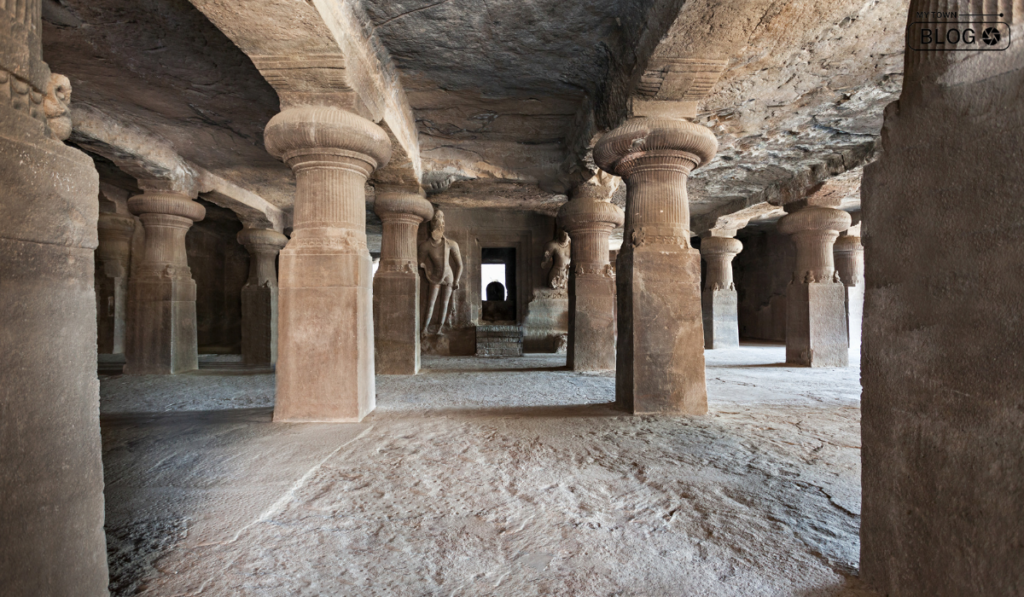
A short boat ride away from Mumbai’s shores, the Elephanta Caves transport you to a time when intricate rock-cut architecture thrived. These caves, carved between the 5th and 7th centuries, pay homage to Lord Shiva and serve as a UNESCO World Heritage Site. As you explore the darkened chambers, you’ll be awestruck by the detailed sculptures, massive pillars, and the colossal Maheshmurti, a three-faced depiction of Lord Shiva. The journey to the island itself is an adventure, with local vendors and guides eager to share the tales of these ancient caves.
Location: Gharapuri, East of Mumbai, Maharashtra, 400094
Haji Ali Dargah
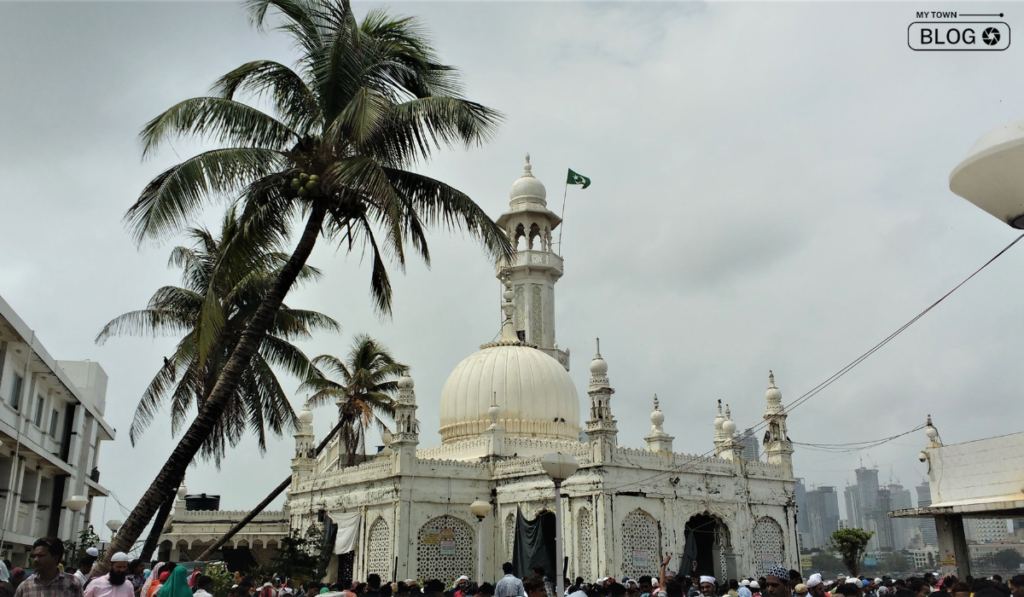
The Haji Ali Dargah is a unique blend of spirituality, history, and architectural splendor. This exquisite mosque and tomb are perched on a tiny islet in the Arabian Sea, accessible via a causeway during low tide. Built in the Indo-Islamic architectural style, it’s a marvel of white marble and intricate latticework. The Dargah is a place of worship, drawing both Muslim devotees and curious tourists who are enchanted by its tranquil setting and the unity it represents in Mumbai’s diverse religious landscape.
Location: K K Road, Mahalakshmi, Mumbai, Maharashtra, 400018
Rajabai Clock Tower

The Rajabai Clock Tower graces the University of Mumbai’s campus with its Victorian charm. Resembling London’s Big Ben, this imposing structure is a visual delight. While the tower’s interior is generally not open to the public, its presence in the cityscape adds an air of elegance. It serves as a reminder of Mumbai’s colonial past and the influence of British architecture on the city.
Location: Karmaveer Bhaurao Patil Marg, Mantralaya, Fort, Mumbai, Maharashtra, 400032
Kanheri Caves
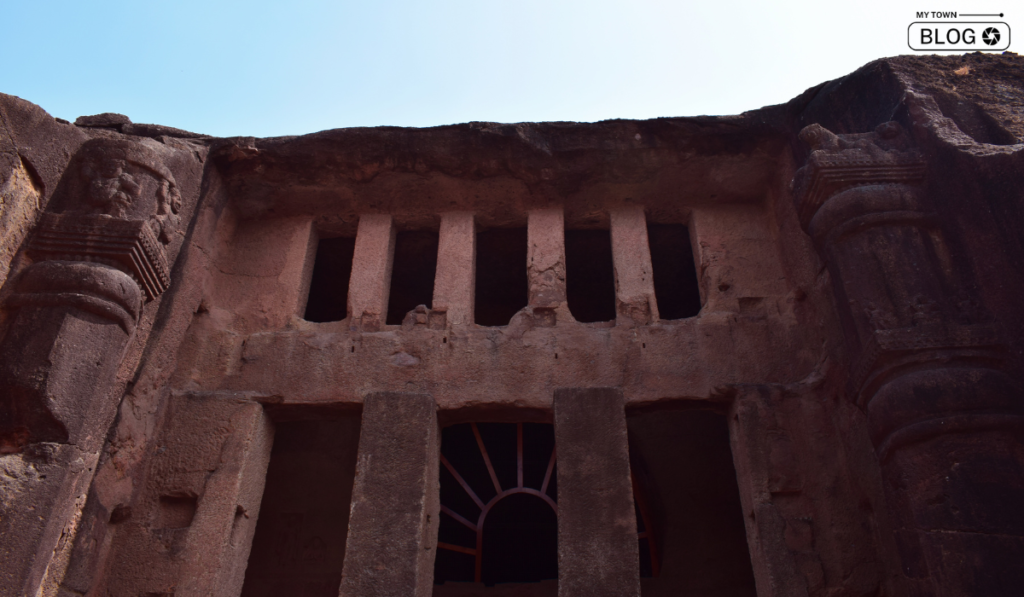
Nestled within the lush greenery of Sanjay Gandhi National Park, the Kanheri Caves offer a tranquil escape from Mumbai’s urban hustle and bustle. These ancient caves, dating back to the 1st century, once served as a centre for Buddhist learning and meditation. As you explore the labyrinthine network of caves, you’ll come across intricately carved reliefs, stupas, and meditation cells. The Kanheri Caves not only showcase the architectural prowess of ancient artisans but also provide a serene environment for self-reflection.
Location: Mumbai, Maharashtra 400101
Tower of Silence
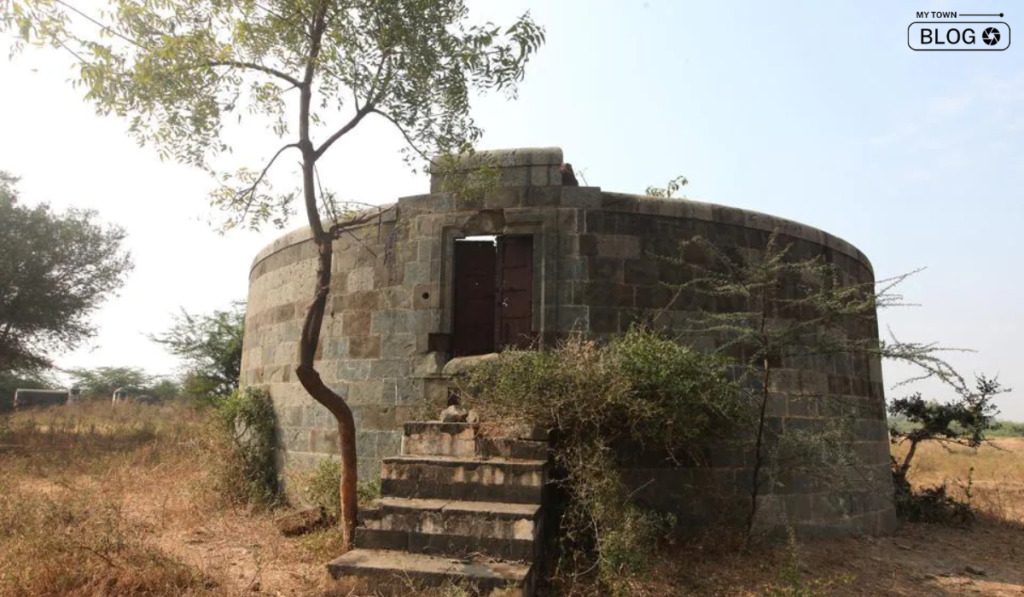
The Tower of Silence, situated atop Malabar Hill, holds a unique place in Mumbai’s history. It’s the sacred burial site of the Parsi community, where the deceased are placed in open-air stone structures to be consumed by vultures as per Zoroastrian tradition. While visitors cannot enter the tower itself, its presence serves as a reminder of Mumbai’s cultural diversity and respect for various religious practices.
Location: Tower of Silence, August Kranti Road, Babulnath, Kemps Corner, Malabar Hill, Mumbai, Maharashtra, 400036
Worli Fort
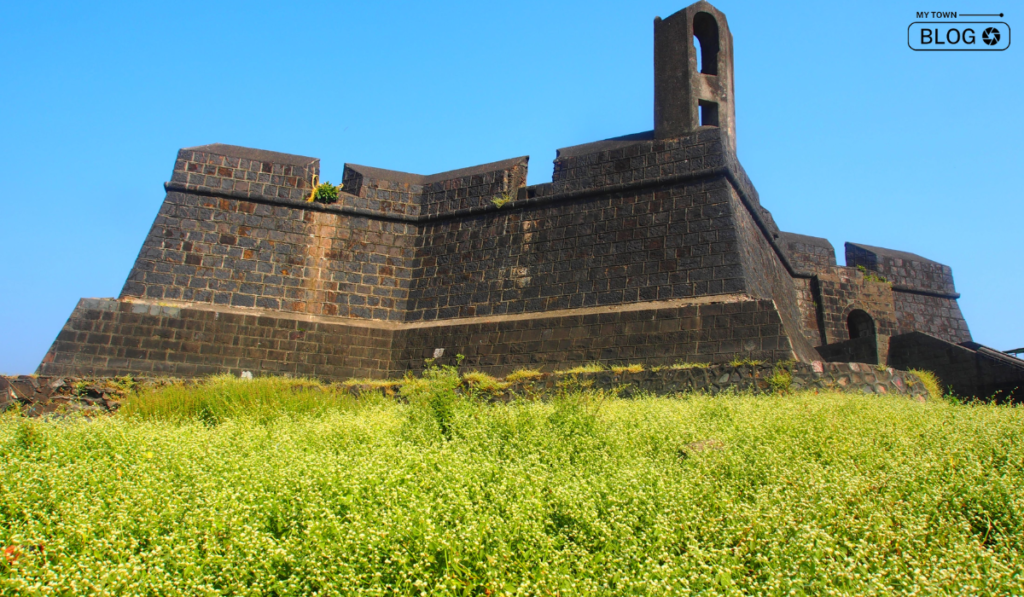
The Worli Fort stands as a hidden gem amidst Mumbai’s bustling neighborhoods. Built by the British in the 17th century, it once served as a strategic lookout point. Today, it offers panoramic views of the Worli Sea Face and the Bandra-Worli Sea Link. Despite being less frequented by tourists, the fort’s rugged charm and historical significance make it a compelling destination for history enthusiasts and photographers.
Location: Worli village, Mumbai, Maharashtra, 400030
Mahakali Caves
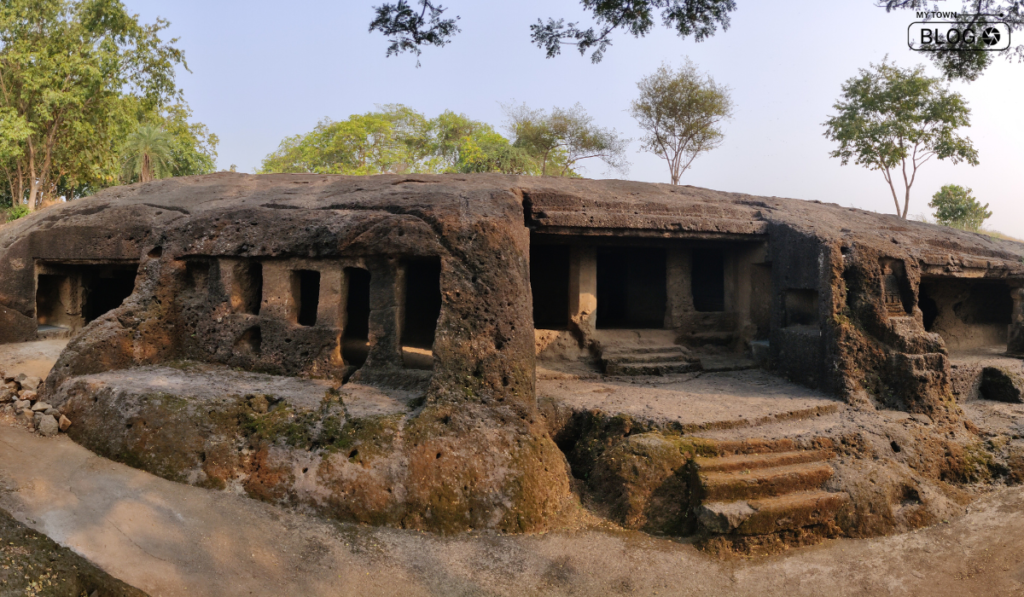
The Mahakali Caves are a group of ancient rock-cut shrines and caves that date back to the 1st century BC. These lesser-known caves, nestled in the hills of Andheri, feature a blend of Buddhist and Brahmanical influences in their architecture and carvings. While they may not be as famous as some other historical sites in Mumbai, the Mahakali Caves offer a glimpse into the city’s deep-rooted history.
Location: Mahakali Caves Road, Sunder Nagar, Andheri East, Mumbai, Maharashtra, 400093
Mahim Fort

The Mahim Fort is a historic fortification located in the Mahim of Mumbai. Dating back to the 13th century, this fort played a significant role in various historical events. While the fort may not be as well-preserved as some other forts in Maharashtra, it holds historical importance as a defence structure during different eras and provides an interesting glimpse into Mumbai’s past.
Location: Al Hussain Cooperative Housing Society, The Mahim Makarand CHS, Mahim West, Mahim, Mumbai, Maharashtra, 400016
Global Pagoda
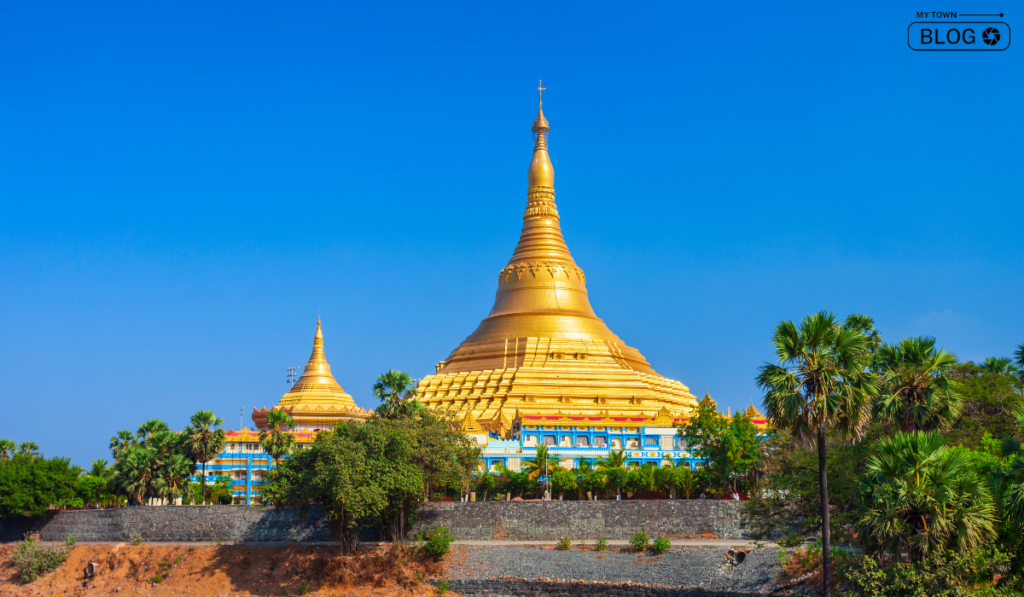
The Global Pagoda in Gorai represents a more contemporary addition to Mumbai’s historical landscape. This massive structure houses the world’s largest stone dome without supporting pillars and serves as a centre for meditation and the practice of Vipassana, an ancient meditation technique. The Global Pagoda offers a peaceful retreat from the city’s hustle and bustle and provides visitors with an opportunity for spiritual reflection and tranquilly.
Location: Gorai Village, West, Borivali, Mumbai, Maharashtra, 400092
Siddhivinayak Temple
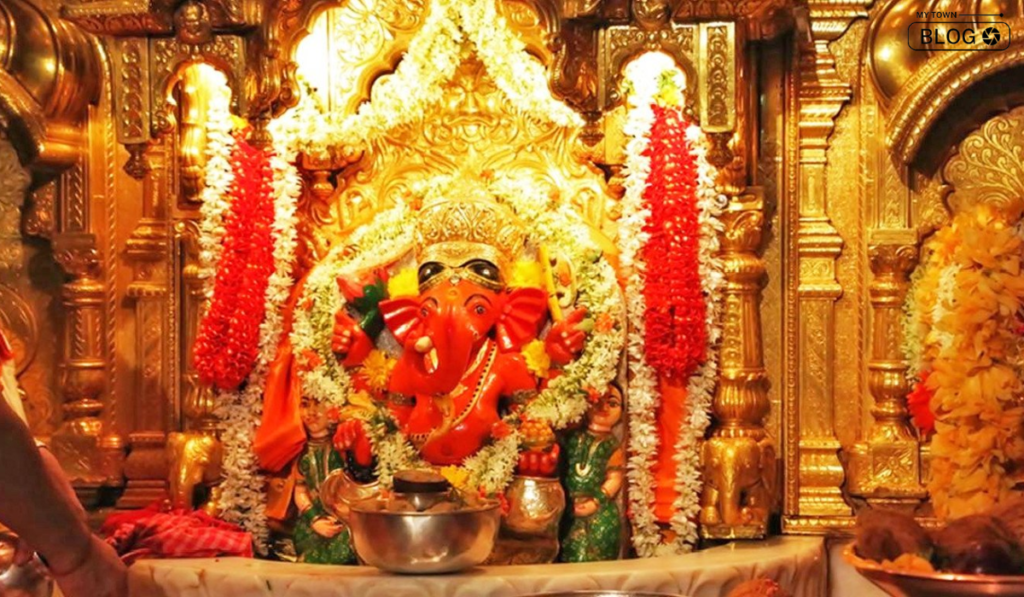
The Siddhivinayak Temple is a significant historical and cultural site in Mumbai. While primarily a place of worship dedicated to Lord Ganesha, it also holds historical importance due to its unique architecture and the deep reverence it garners from devotees. The temple’s design combines traditional and modern elements, and it stands as a testament to Mumbai’s diverse religious landscape.
Location: SK Bole Rd, Prabhadevi, Mumbai, Maharashtra, 400028
Conclusion
Historical Places in Mumbai offer a glimpse into its multifaceted past, from its colonial architecture to ancient caves and spiritual landmarks. Exploring these sites not only educates you about the city’s history but also immerses you in its vibrant culture and traditions.
FAQs
Can tourists visit the Rajabai Clock Tower? What is its history?
Yes, tourists can admire the Rajabai Clock Tower from outside, but access to the tower’s interior is generally restricted. This magnificent clock tower is a symbol of Mumbai’s Victorian architecture and is part of the University of Mumbai campus.
Is it possible to explore the history of Mumbai through its heritage walks?
Absolutely! Mumbai offers various heritage walks that take you through its historical neighbourhoods, allowing you to discover the city’s rich heritage, architecture, and stories from knowledgeable guides.
Are there any annual events or festivals that celebrate Mumbai’s historical heritage and monuments?
Mumbai hosts several cultural festivals and events that celebrate its historical heritage, such as the Kala Ghoda Arts Festival and Mumbai Heritage Week, which feature exhibitions, performances, and heritage walks.
How can I learn more about the history of Mumbai’s colonial past and architecture?
To delve deeper into Mumbai’s colonial history and architecture, you can visit museums like the Chhatrapati Shivaji Maharaj Vastu Sangrahalaya (formerly the Prince of Wales Museum) and read books or watch documentaries on the subject.
How can I book guided tours to explore Mumbai’s historical monuments?
You can easily book guided tours to explore Mumbai’s historical monuments through various tour agencies or online platforms. These tours often provide in-depth insights into the history and significance of each site.
Are there any famous Bollywood movies that have featured Mumbai’s historical monuments?
Yes, several Bollywood movies have prominently featured Mumbai’s historical monuments, adding to their popularity. For example, the Gateway of India has been a backdrop in numerous films, contributing to its iconic status.
Can you recommend any books or documentaries for a deeper understanding of Mumbai’s historical heritage?
Certainly! “Maximum City” by Suketu Mehta and documentaries like “Mumbai Disconnected” and “The Great Bombay Blackout” offer insightful perspectives on Mumbai’s history and culture.
How can I volunteer or contribute to the preservation of Mumbai’s historical monuments?
You can connect with local heritage organisations and NGOs dedicated to preserving Mumbai’s historical monuments, join their volunteer programmes, or contribute to their conservation efforts.
What are the best times of the year to visit Mumbai’s historical monuments to avoid crowds and enjoy pleasant weather?
The best times to visit Mumbai’s historical monuments are during the cooler months, from November to February, to enjoy pleasant weather and fewer crowds. However, some indoor sites can be visited year-round.
What are the famous beaches in Mumbai that I can explore while visiting historical monuments?
There are several famous beaches in Mumbai that you can explore while visiting historical monuments. These beaches offer a refreshing contrast to the city’s rich history and heritage, providing opportunities for relaxation and scenic beauty.
